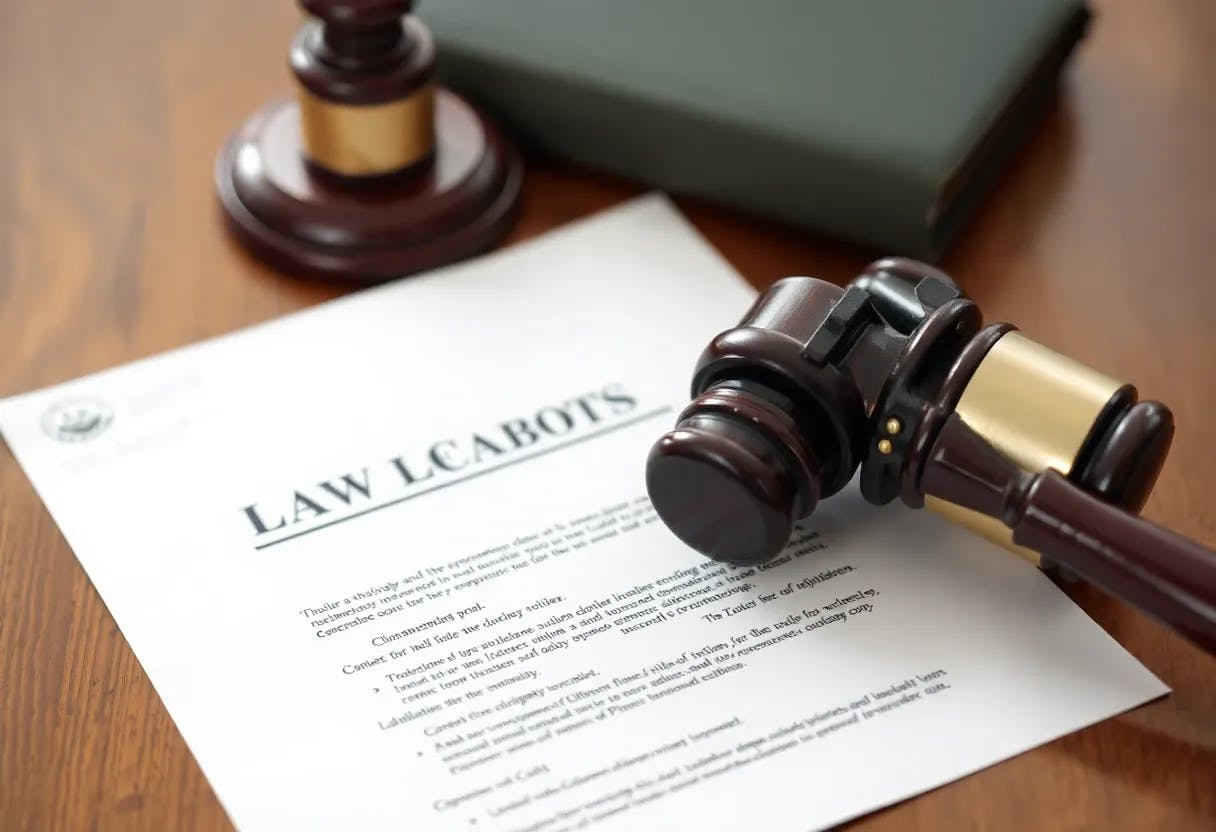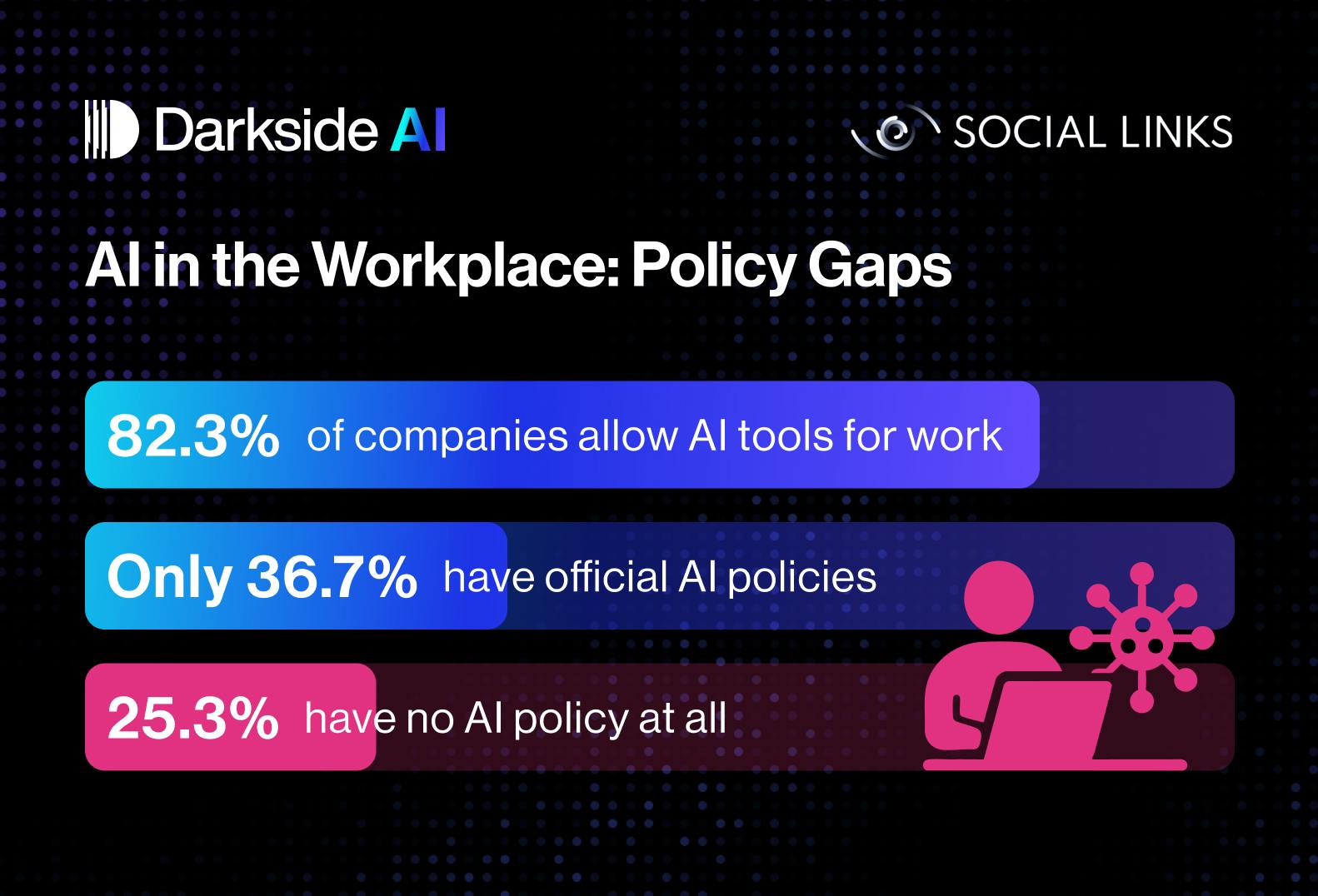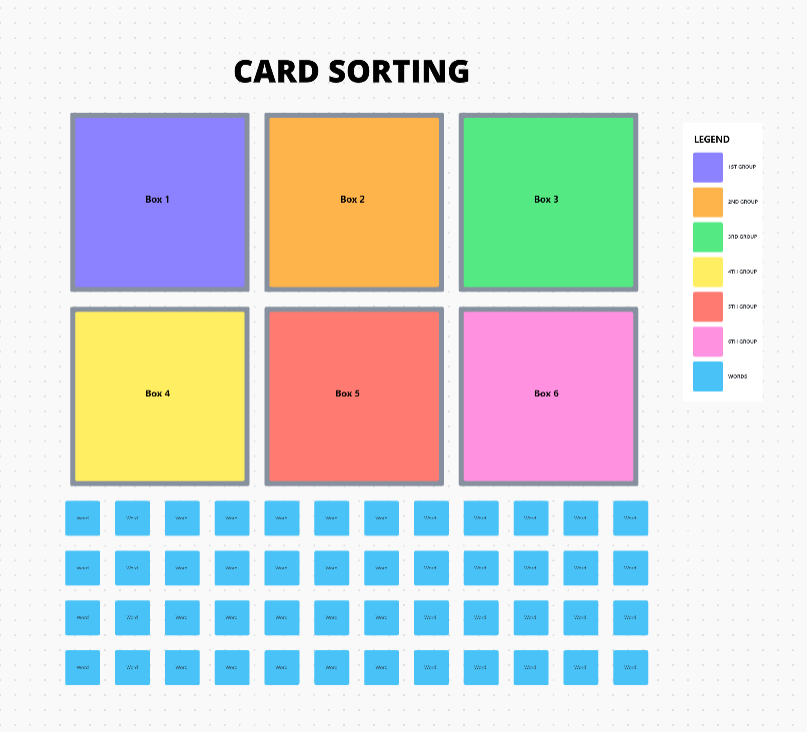Table of Links
Abstract and 1. Introduction
-
Related Work
-
Task, Datasets, Baseline
-
RQ 1: Leveraging the Neighbourhood at Inference
4.1. Methods
4.2. Experiments
-
RQ 2: Leveraging the Neighbourhood at Training
5.1. Methods
5.2. Experiments
-
RQ 3: Cross-Domain Generalizability
-
Conclusion
-
Limitations
-
Ethics Statement
-
Bibliographical References
8. Limitations
One constraint in the current task formulation is that it restricts assigning a single label to each sentence, which may not fully account for the complexity of lengthy sentences that can encompass multiple rhetorical roles. To address this limitation, an alternative approach could involve reformulating the task as multi-label classification, enabling each sentence to be associated with more than one goldstandard rhetorical role. Another avenue for exploration is to shift from sentence-level segmentation towards a finer-grained approach at the phrase or sub-sentence level, necessitating the assignment of rhetorical roles to each phrase or sub-sentence while specifying the dependency relations between these segments (Tokala et al., 2023).
It’s important to acknowledge that while our cross-domain experiments have provided valuable insights into model generalizability, these evaluations have primarily focused on datasets originating from Indian courts, covering various domains within this single jurisdiction. The observed improved performance across these datasets could potentially be attributed to shared country-specific vocabulary and legal conventions. To ensure the robustness and generalizability in a broader context, it is imperative to expand the assessment to encompass diverse legal contexts across different countries and regions, where legal documents from may exhibit significant linguistic and structural variations.
9. Ethics Statement
The scope of this work is to provide new methods along with corresponding experiments to drive research forward in rhetorical role labeling, which is a pivotal task constituting the inaugural step in the legal document processing pipeline. Our experiments have been carried out on four publicly available datasets from different Indian courts. Though these decisions are not anonymized and contain the real names of the involved parties, we do not foresee any harm incurred by our experiments. We believe that our research contributes positively to the broader goals of advancing legal NLP and the development of AI-driven tools for legal professionals. By enhancing the automation of rhetorical role labeling, we can streamline legal document analysis and significantly benefit the legal field.
10. Bibliographical References
Syed Rameel Ahmad, Deborah Harris, and Ibrahim Sahibzada. 2020. Understanding legal documents: classification of rhetorical role of sentences using deep learning and natural language processing. In 2020 IEEE 14th International Conference on Semantic Computing (ICSC), pages 464–467. IEEE.
Paheli Bhattacharya, Shounak Paul, Kripabandhu Ghosh, Saptarshi Ghosh, and Adam Wyner. 2021. Deeprhole: deep learning for rhetorical role labeling of sentences in legal case documents. Artificial Intelligence and Law, pages 1–38.
Ilias Chalkidis, Abhik Jana, Dirk Hartung, Michael Bommarito, Ion Androutsopoulos, Daniel Katz, and Nikolaos Aletras. 2022. Lexglue: A benchmark dataset for legal language understanding in english. In Proceedings of the 60th Annual Meeting of the Association for Computational Linguistics (Volume 1: Long Papers), pages 4310– 4330.
Ning Ding, Xiaobin Wang, Yao Fu, Guangwei Xu, Rui Wang, Pengjun Xie, Ying Shen, Fei Huang, Hai-Tao Zheng, and Rui Zhang. 2020. Prototypical representation learning for relation extraction. In International Conference on Learning Representations.
Atefeh Farzindar and Guy Lapalme. 2004. Letsum, an automatic text summarization system in law field. JURIX.
Tianyu Gao, Xingcheng Yao, and Danqi Chen. 2021. Simcse: Simple contrastive learning of sentence embeddings. In 2021 Conference on Empirical Methods in Natural Language Processing, EMNLP 2021, pages 6894–6910. Association for Computational Linguistics (ACL).
Saptarshi Ghosh and Adam Wyner. 2019. Identification of rhetorical roles of sentences in indian legal judgments. Legal Knowledge and Information Systems: JURIX, page 3.
Rupert Haigh. 2013. Legal english. Routledge.
Geoffrey E Hinton and Sam Roweis. 2002. Stochastic neighbor embedding. Advances in neural information processing systems, 15.
Sepp Hochreiter and Jürgen Schmidhuber. 1997. Long short-term memory. Neural computation, 9(8):1735–1780.
Prathamesh Kalamkar, Aman Tiwari, Astha Agarwal, Saurabh Karn, Smita Gupta, Vivek Raghavan, and Ashutosh Modi. 2022. Corpus for automatic structuring of legal documents. In Proceedings of the Thirteenth Language Resources and Evaluation Conference, pages 4420–4429.
Jacob Devlin Ming-Wei Chang Kenton and Lee Kristina Toutanova. 2019. Bert: Pre-training of deep bidirectional transformers for language understanding. In Proceedings of NAACL-HLT, pages 4171–4186.
Urvashi Khandelwal, Omer Levy, Dan Jurafsky, Luke Zettlemoyer, and Mike Lewis. 2019. Generalization through memorization: Nearest neighbor language models. In International Conference on Learning Representations.
Prannay Khosla, Piotr Teterwak, Chen Wang, Aaron Sarna, Yonglong Tian, Phillip Isola, Aaron Maschinot, Ce Liu, and Dilip Krishnan. 2020. Supervised contrastive learning. Advances in neural information processing systems, 33:18661– 18673.
Diederik P Kingma and Jimmy Ba. 2014. Adam: A method for stochastic optimization. arXiv preprint arXiv:1412.6980.
Vijit Malik, Rishabh Sanjay, Shouvik Kumar Guha, Angshuman Hazarika, Shubham Nigam, Arnab Bhattacharya, and Ashutosh Modi. 2022. Semantic segmentation of legal documents via rhetorical roles. In Proceedings of the Natural Legal Language Processing Workshop 2022, pages 153–171.
Isar Nejadgholi, Renaud Bougueng, and Samuel Witherspoon. 2017. A semi-supervised training method for semantic search of legal facts in canadian immigration cases. In JURIX, pages 125–134.
TYS S Santosh, Philipp Bock, and Matthias Grabmair. 2023. Joint span segmentation and rhetorical role labeling with data augmentation for legal documents. In European Conference on Information Retrieval, pages 627–636. Springer.
M Saravanan, Balaraman Ravindran, and S Raman. 2008. Automatic identification of rhetorical roles using conditional random fields for legal document summarization. In Proceedings of the Third International Joint Conference on Natural Language Processing: Volume-I.
Jaromir Savelka and Kevin D Ashley. 2018. Segmenting us court decisions into functional and issue specific parts. In JURIX, pages 111–120.
Jaromir Savelka, Hannes Westermann, Karim Benyekhlef, Charlotte S Alexander, Jayla C Grant, David Restrepo Amariles, Rajaa El Hamdani, Sébastien Meeùs, Aurore Troussel, Michał Araszkiewicz, et al. 2021. Lex rosetta: transfer of predictive models across languages, jurisdictions, and legal domains. In Proceedings of the eighteenth international conference on artificial intelligence and law, pages 129–138.
Jake Snell, Kevin Swersky, and Richard Zemel. 2017. Prototypical networks for few-shot learning. Advances in neural information processing systems, 30.
Yaswanth Sri Sai Santosh Tokala, Sai Saketh Aluru, Anoop Vallabhajosyula, Debarshi Kumar Sanyal, and Partha Pratim Das. 2023. Label informed hierarchical transformers for sequential sentence classification in scientific abstracts. Expert Systems, 40(6):e13238.
Vern R Walker, Krishnan Pillaipakkamnatt, Alexandra M Davidson, Marysa Linares, and Domenick J Pesce. 2019. Automatic classification of rhetorical roles for sentences: Comparing rule-based scripts with machine learning. ASAIL@ ICAIL, 2385.
Ran Wang, Xinyu Dai, et al. 2022a. Contrastive learning-enhanced nearest neighbor mechanism for multi-label text classification. In Proceedings of the 60th Annual Meeting of the Association for Computational Linguistics (Volume 2: Short Papers), pages 672–679.
Shuhe Wang, Xiaoya Li, Yuxian Meng, Tianwei Zhang, Rongbin Ouyang, Jiwei Li, and Guoyin Wang. 2022b. k nn-ner: Named entity recognition with nearest neighbor search. arXiv preprint arXiv:2203.17103.
Zhirong Wu, Yuanjun Xiong, Stella X Yu, and Dahua Lin. 2018. Unsupervised feature learning via nonparametric instance discrimination. In Proceedings of the IEEE conference on computer vision and pattern recognition, pages 3733–3742.
Hiroaki Yamada, Simone Teufel, and Takenobu Tokunaga. 2019. Neural network based rhetorical status classification for japanese judgment documents. In Legal Knowledge and Information Systems, pages 133–142. IOS Press.
Yi Yang and Arzoo Katiyar. 2020. Simple and effective few-shot named entity recognition with structured nearest neighbor learning. In Proceedings of the 2020 Conference on Empirical Methods in Natural Language Processing (EMNLP), pages 6365–6375.
Zichao Yang, Diyi Yang, Chris Dyer, Xiaodong He, Alex Smola, and Eduard Hovy. 2016. Hierarchical attention networks for document classification. In Proceedings of the 2016 conference of the North American chapter of the association for computational linguistics: human language technologies, pages 1480–1489.
Zaixi Zhang, Qi Liu, Hao Wang, Chengqiang Lu, and Cheekong Lee. 2022. Protgnn: Towards self-explaining graph neural networks. In Proceedings of the AAAI Conference on Artificial Intelligence, volume 36, pages 9127–9135.
Xin Zheng, Zhirui Zhang, Junliang Guo, Shujian Huang, Boxing Chen, Weihua Luo, and Jiajun Chen. 2021. Adaptive nearest neighbor machine translation. In Proceedings of the 59th Annual Meeting of the Association for Computational Linguistics and the 11th International Joint Conference on Natural Language Processing (Volume 2: Short Papers), pages 368–374.
Haoxi Zhong, Chaojun Xiao, Cunchao Tu, Tianyang Zhang, Zhiyuan Liu, and Maosong Sun. 2020. How does nlp benefit legal system: A summary of legal artificial intelligence. In Proceedings of the 58th Annual Meeting of the Association for Computational Linguistics, pages 5218–5230.
Authors:
(1) Santosh T.Y.S.S, School of Computation, Information, and Technology; Technical University of Munich, Germany ([email protected]);
(2) Hassan Sarwat, School of Computation, Information, and Technology; Technical University of Munich, Germany ([email protected]);
(3) Ahmed Abdou, School of Computation, Information, and Technology; Technical University of Munich, Germany ([email protected]);
(4) Matthias Grabmair, School of Computation, Information, and Technology; Technical University of Munich, Germany ([email protected]).
This paper is










